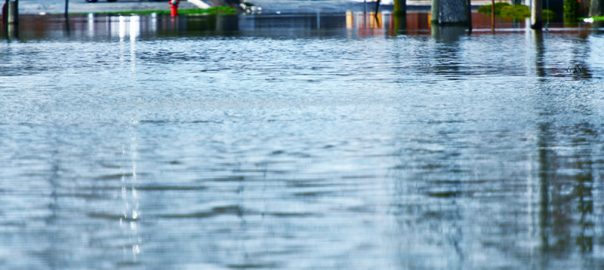Carpets, even those made of inorganic materials, are susceptible to mold. And when carpets start to grow mold, it should be fixed as soon as possible, as mold can grow and spread surprisingly fast. However, sometimes it’s difficult for the average person to determine if their carpet has mold, since it can grow underneath the carpet, or within it’s fibers. Here’s a guide from the carpet cleaning professionals here at Aladdin Oriental Rug on how to tell if your carpet has mold.
Strange Musty Smell
A musty, basement like smell is one of the telltale signs of mold growth. If you spend lots of time at your home or business, you may have stopped noticing this smell – but anybody who enters into your space will surely notice it. If you smell a musty odor, or a visitor comments on it, you should make sure that your carpet gets checked for mold.
Carpet Age
Most people stubbornly hold on to their carpets even when they know it’s time to replace it. The older the carpet is, the more susceptible it is to mold development. In fact, many people who smell the telltale musty mold smell on their carpet simply think that it’s a symptom of their carpets age – this is wrong.
Dampness
Mold quickly develops when carpets are exposed to water for even a short period of time. If your carpet has damp spots, there may be a leak in the floor. As a general rule, carpets in basements are more likely to develop mold. If there is a leak, it should be cleaned and dried as soon as possible in order to stop mold growth. Even the smallest amount of moisture, like that from a spilled drink, can quickly become an environment for mold to foster.
Allergies
Mold causes allergies in most humans – and even asthma or bronchitis! If somebody in your space suddenly starts experiencing these issues, you simply MUST have your carpet inspected for mold. Not everybody experiences these symptoms however.
Weird Coloring
If mold growth in your carpet has been left to foster, you might notice greenish or blackish spots in your carpet. Check underneath the carpet, as usually these areas develop mold based discoloration before the upper surface.


